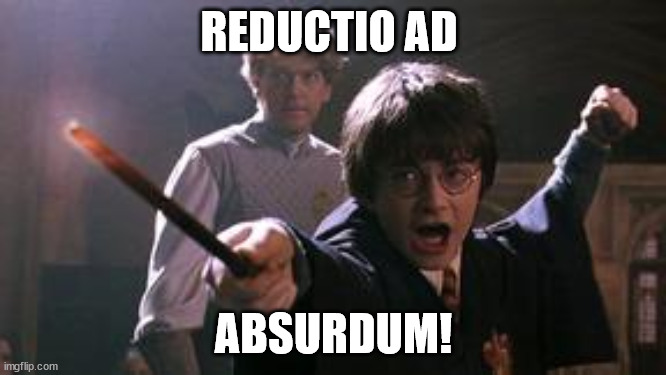It has to do with the intended audience and the situation the music will be heard in. You don't want to mix an album the same for listening in a silent living room as you do a car or in earbuds on a train. The stuff that is compressed is the music intended for portable use. I've noticed in the past couple of years that CDs aren't hot mastered as much any more. Perhaps some genres are more apt to be played while on the go. You wouldn't master a Sibelius symphony to sound good on a bus.
Environment seems to be irrelevant towards the trend of hotness (IE rock continuing to get compressed). Having mixed media existed in the 80s: where you had your album going to CD and vinyl, but also Walkman (and say cheap headphones) and cassette tape in car. So with digital masters, it's always been a mixed bag when it comes to delivery. I would say that the CDs I have from the 80s that I really cherish are classical music: where I am isolating to good conditions whether it being my good headphone setup or speaker system. Then again, some of them I did get when I was a kid then (and I played them via cheaper headphones over a Sony boombox). I got into the performance, and it's great that uncompressed wave should be archival.
When it does come to cars, though.....I have had tried keeping a Sony Discman working that is good about a "surround" DSP with headphones, and also has another DSP for cars (which tries to have an EQ good for compensating with background car noises). Hard, though, now....as it could skip (and later generations had ESP to have some buffer memory to not pick up the skip).
When it comes to mastering, I'm not involved with sound....but I am familiar with graphics. Yes, when you're authoring, you're not accounting for least common denominator , but you might account for some. For me, I try to author content on a calibrated monitor and set color profiles....and I know there will be plenty of people who will be viewing on a display that's not calibrated. However, these days, it's better that given monitors and systems are getting more neutral in color. It's not anything like say my master's project in grad school: which was showing 3D animations with my content expert. When I first loaded them on his NEC montior, we couldn't see anything. His contrast settings were so atrocious, that it was just black!
Anyway, I also just responded about Apple Music getting more songs being lossless format: these arguments about the smallest lossy formats validity are getting outdated.




















